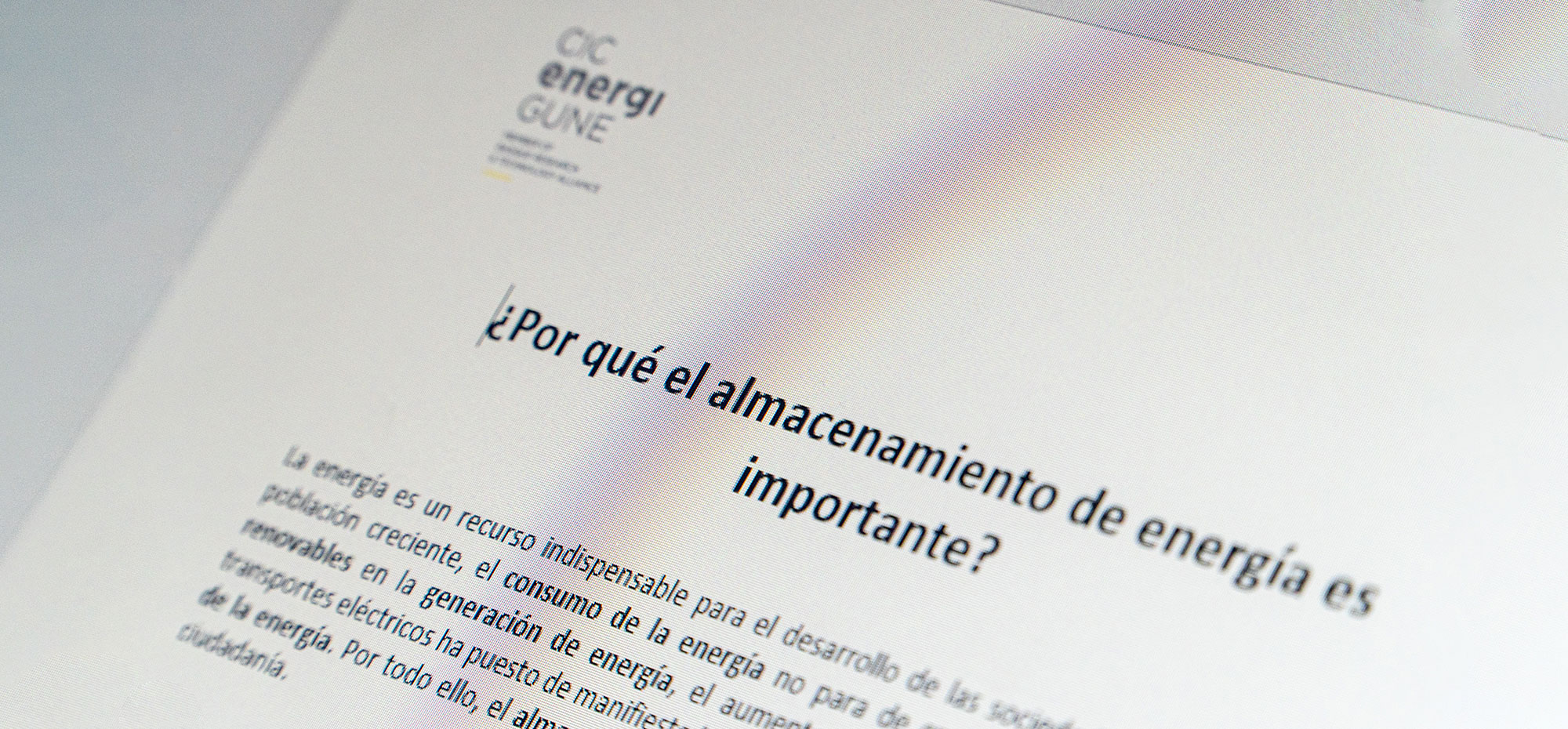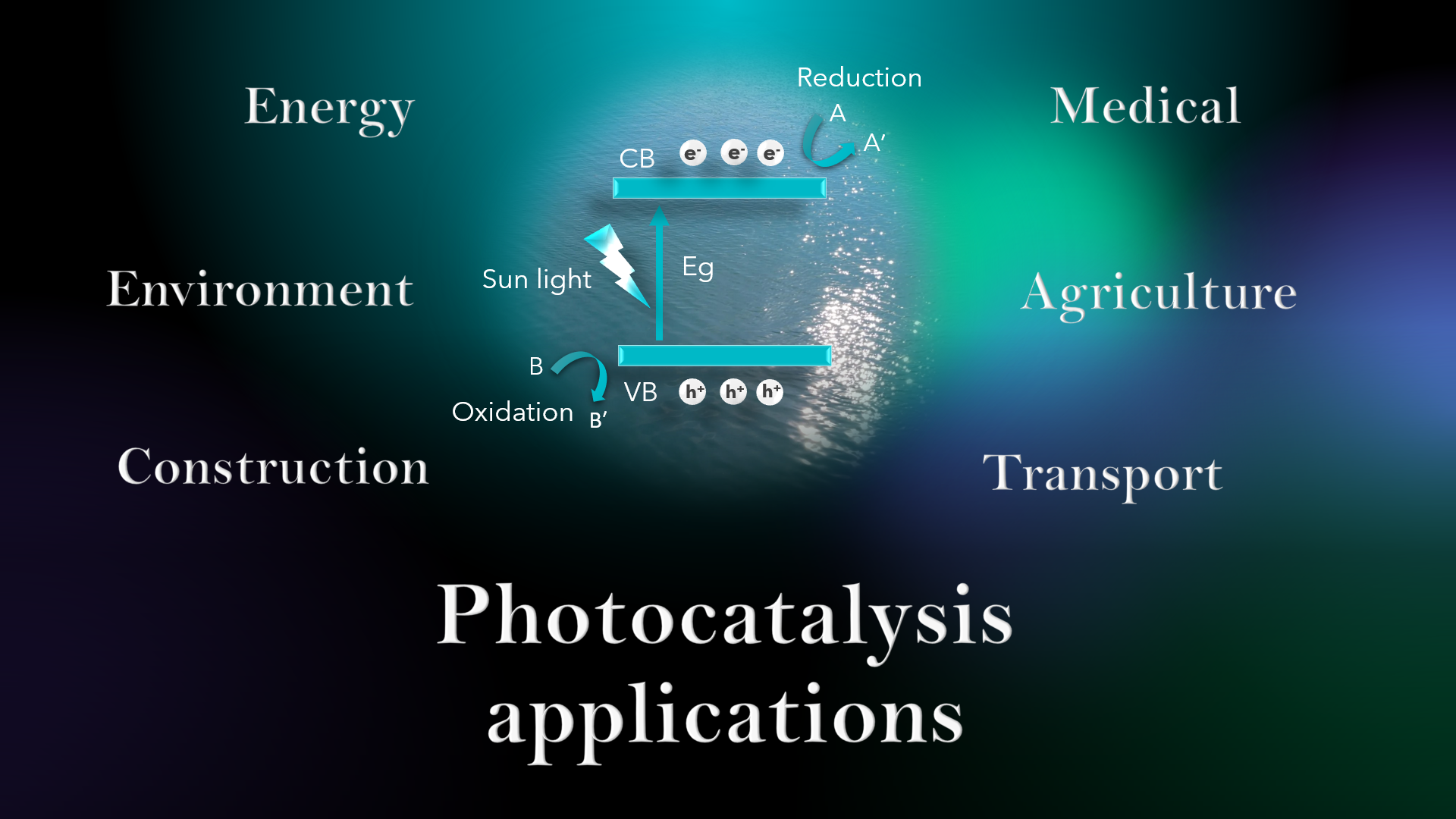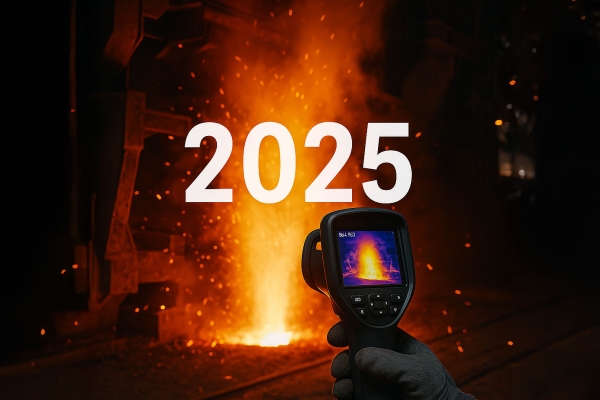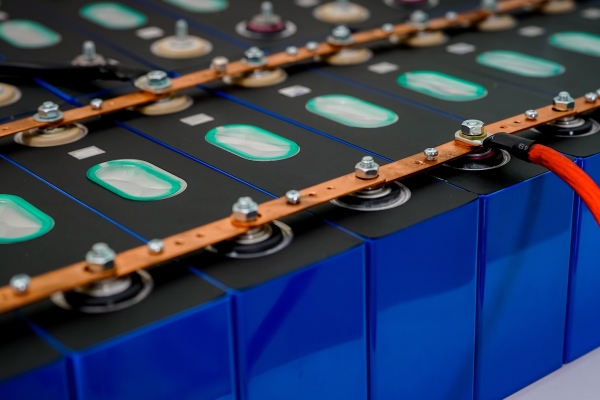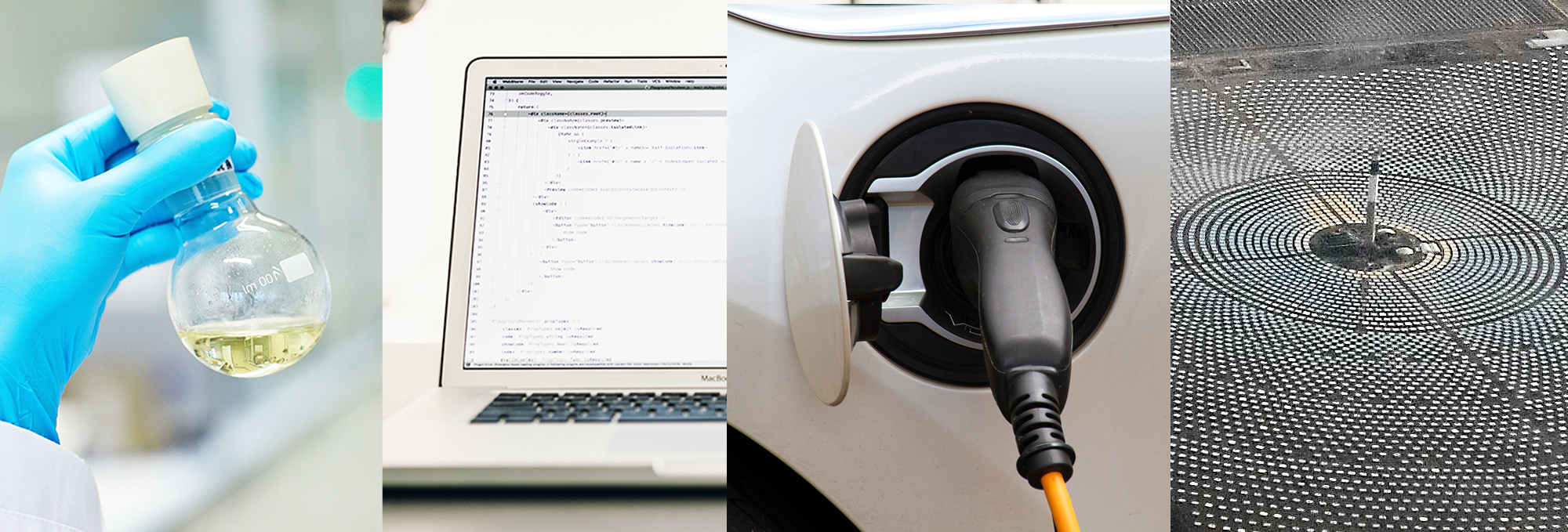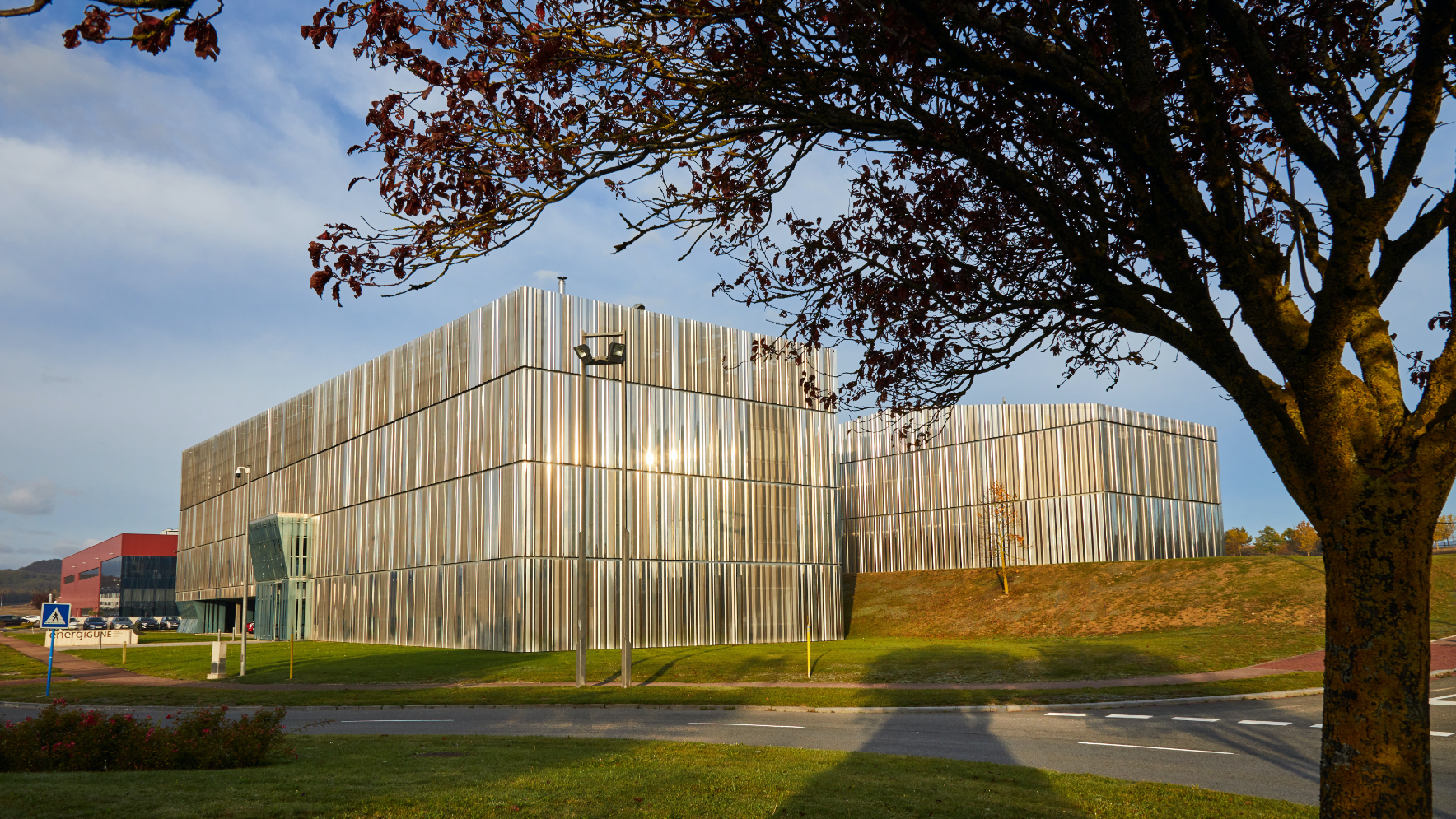When a photocatalytic material, typically a metal oxide, is exposed to light of energy higher to the band gap, the material is excited, promoting electrons to the conduction band and creating positive holes in the valence band. Electrons and holes can carry out reduction and oxidation reactions for multiple applications; some of them widely known and other not so much, but undoubtedly, all of them related with our daily life and the quality of our future.
One of the multiple and usual applications of photocatalysis can be found in the environmental remediation; nowadays it is possible the application of an advanced painting in the exterior of a building that eliminates toxic compounds from air. Due to the integration of a photocatalytic material in a painting formulation that can eliminate volatile organic compounds, NOX, SO2, and even CO2. On the other hand, used in interiors, the material can purify the air and eliminate bad odors.
The same working mechanism is applied to the elimination of toxic compounds present in the soil, e.g., pesticides, fertilizers, chlorophenols; and pollutants in wastewater from industrial and domestic effluents; for example, organic dyes, medicaments, organic additives, among others.
Clean water and air are the most important resources to ensure the persistence of humanity, and photocatalysis offers the possibility of removing contaminants and reducing their impact on the environment.
In the field of construction and transport, international companies are applying self-cleaning coatings strategically deposited on windows and exterior sections for preventing the accumulation of dust and breaking down particles over the surfaces for keeping them clean. These coatings are currently used in houses, buildings, cars, rapid trains, and planes. Moreover, the coatings also exhibit antifogging properties, ensuring a perfect view when using glasses, mirrors, etc; and when they are used in places with poor ventilation, e.g., tunnels, the photocatalytic material can degrade the pollutants produced from fuel combustion that are in higher concentrations in the tunnels.

